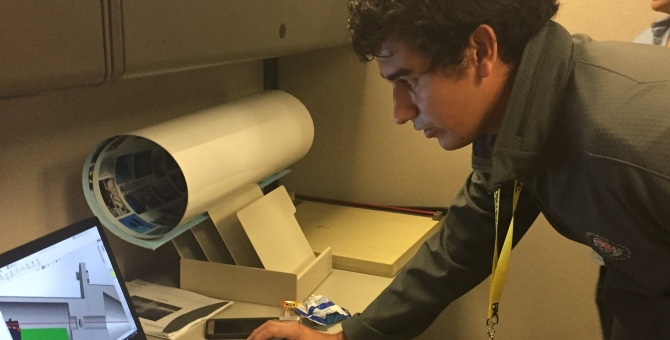Miniaturizing a Subsea Fiber Optic Repeater for Naval Applications
Project Description
Fiber optic telecommunication provides a rapid and reliable way of transmitting significant amounts of data across vast distances. However, fiber optic signals degenerate as they propagate. This becomes problematic because robust communication is essential for the success of the Navy. To combat this, fiber optic repeaters are used to regenerate signals and provide connectivity to locations around the world. Current repeaters used by the Navy are very reliable and efficient, however they are large and heavy. The team’s goal is to physically miniaturize current technology. If successful, the team’s solution would allow for rapid deployment for a variety of applications, including disaster recovery. To reduce the size of the repeater, the prototype uses a fiber optic cable that is one third the size of traditional telecom cables, uses a single copper conductor to carry electrical current to the repeater, and uses only essential circuitry components. The team designed a 3D-Printed prototype and put it through a series of tests, which include fit and finish, sizing, and sealing. Future improvements may include a deeper depth rating and a more stream line design. With this design, the miniaturized fiber optic repeater significantly improves the ease of deployment, reduces the cost and time of system deployment, and provides a way to communicate across vast distances.



















